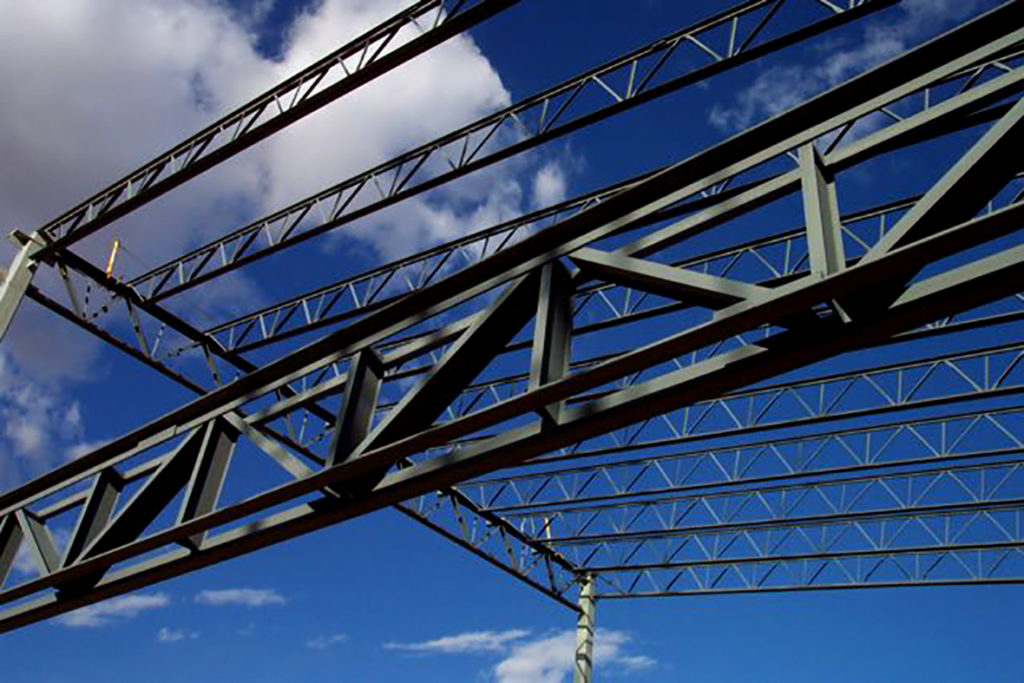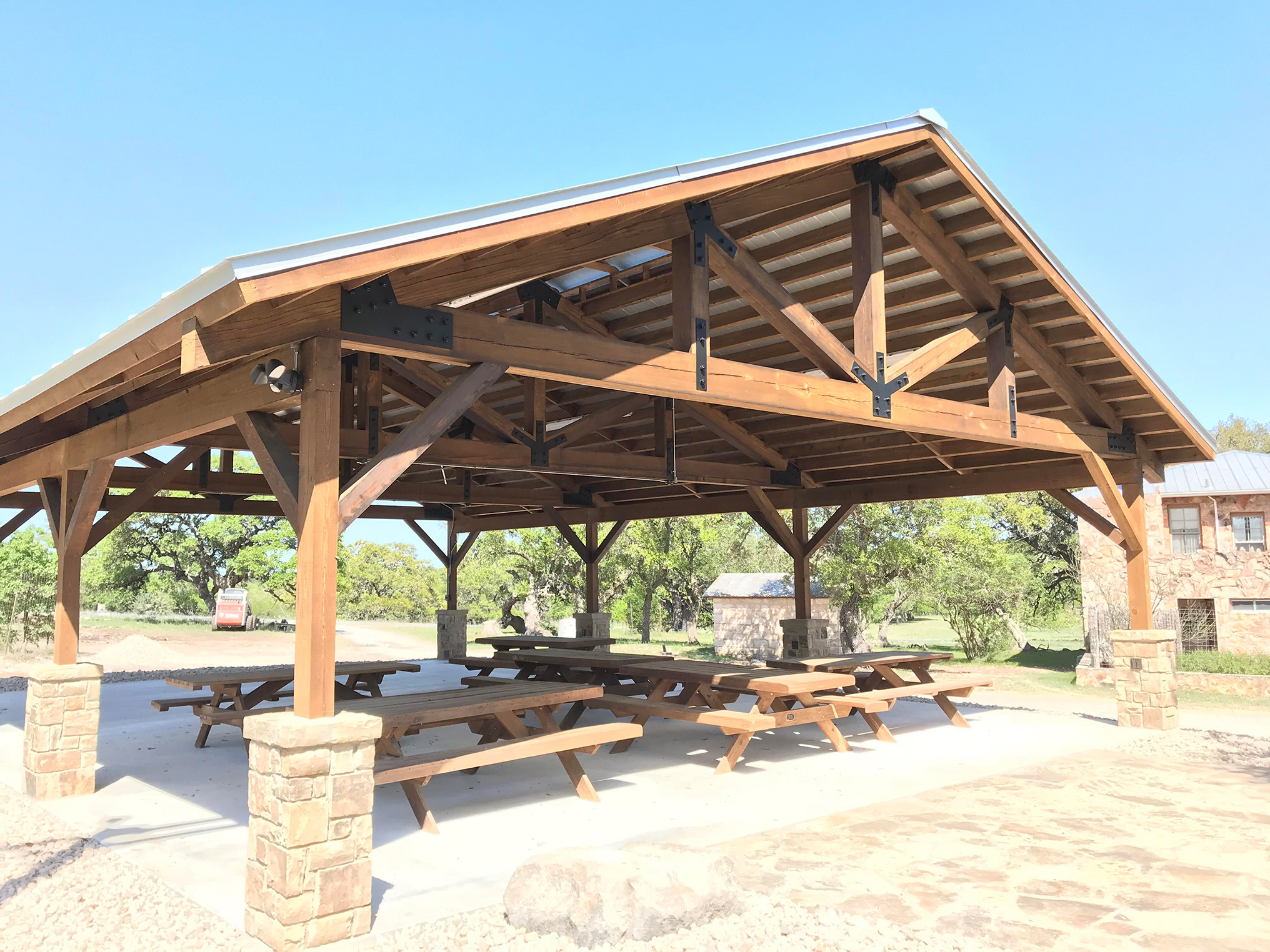
My questions is in practice there is no blocking at 4' so are we assuming that the sheathing is laterally bracing the rafter? I go into attics all the time and don't see blocking and 2x10s spanning 20' and the rafters are not buckling. Lastly, the model gives me errors for le/d>50 for the rafters unless I reduce unbraced length. That's what I'm trying to wrap my head around. Also, when I modeled it with 2圆 rafters it showed the rafters were way over stressed.but the roof has been there for 40 years with no issues. The joint deflections are much lower, almost non existent, but the reactions are higher. Does that seem reasonable? I though it would be lower. The interesting thing though is that I modeled the original condition with a roller, with the rafter tie at the top of the wall, and the thrust reaction was 1.086 kips, which is higher than the horizontal reaction with collar tie higher.

I can add a simpson roof tie since those are capable of transferring some lateral load. I feel like the double top plate can take out 270 pounds at 16" on center. The thrust reaction is 527 pounds so it will be about 270 pounds at each wall right? Under wind loads that may not be the case but I don't think all of it will go to one wall. The only thing I am unsure about is the thrust reaction at the roller. Bending does not need to be designed for since the member was modeled as tension only correct? I don't have to account for any moment in the connection. The tension in the collar tie is 1.23 kips, so the connection between the collar tie and rafter must be designed for this tension.
Rafter design full#
331" under full load (DL, snow, and wind). The spread deflection (at the roller) is shown as.

The model results show that 2x10s are over stressed (image attached), however, they will be sistered to the existing 2圆 rafters so I don't think that will be an issue. I modeled it with collar ties located for a 9' ceiling. After several conversations with the owner/carpenter, he finally understands that this will not work so he's agreed to lower the collar ties. Yes, it is unfortunate that they went and did all this without doing an analysis before. RE: Roof Rafter Collar Tie Calculations/Design Celt83 (Structural) 26 Aug 19 13:42 I think in real life this falls somewhere in between the pinned and rolled condition and the walls can take some thrust, particularly if hurricane ties are installed at the rafter to wall connection, no? image of the model attached also.Īnd thanks for everyone's help again! I just wanting to really understand this. I also modeled it with a roller, and obviously there was no thrust, but the ICs shoot up and the moment of 3,254 lb*ft lines up with what BAretired calculated above. Is there a way to take that thrust out by reinforcing that connection? I go to a lot of houses and there are vaulted ceilings with 2圆 rafters, so I'm trying to understand why those walls aren't blowing out from the thrust. A 2x4 wall is not going to take 869 pounds every 16 inches. The horizontal thrust at the walls (from the pin model) is. We've been talking about the difference between the pin and roller in the model and how that translates to the actual condition.

I'm not understanding why the IC of the collar tie is coming up at 0.0 though.

The collar tie is set as a tension only member.įor the pin model, the rafter ICs are below 0.805 and are adequate for strength. The I had to use 2-2圆s in the model because the le/d exceeded 50. one with a roller support at one end and one with a pin. I ran some hand calcs which I posted last week.


 0 kommentar(er)
0 kommentar(er)
